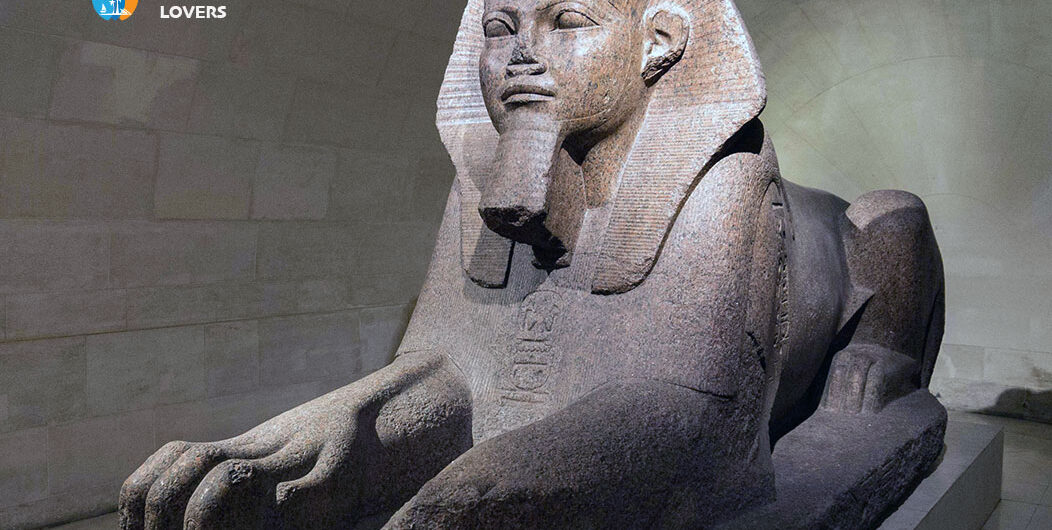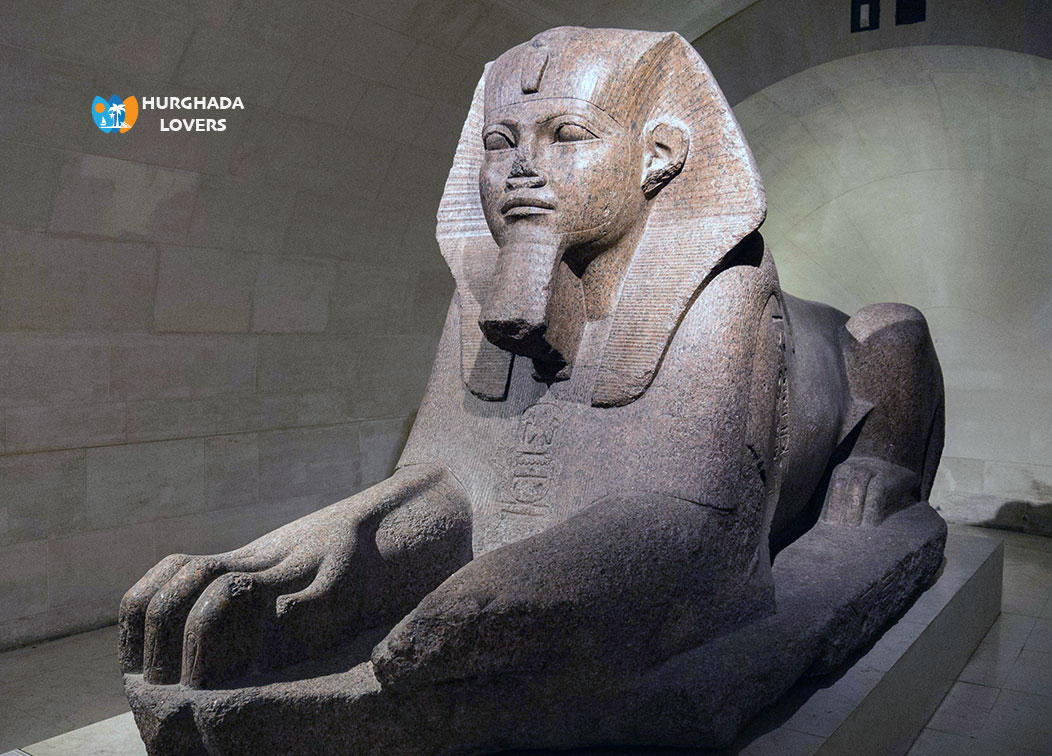Louvre Museum in Paris, France l Facts Egyptian pharaonic Antiquities, mummies, artifacts, How many Egyptian artifacts are in the Louvre and more…
Historical facts about the most important Egyptian statues and pharaonic relics of the ancient civilization of Egypt, which are included in the museum and more.
The Louvre Museum and Egyptian Antiquities is one of the topics of research by lovers of pharaonic or Egyptian history in general, and the Louvre Museum is among the most famous museums in the world and its beginning was just a castle protecting the city of Paris, and after that it was the seat of government, and now it is a museum of antiquities.
Hurghada lovers Offer Luxury Hurghada to Pyramids Tours | El Gouna to Pyramids Tours | Makadi bay to Pyramids Tours | Sahl Hasheesh to Pyramids Tours | Soma bay to Pyramids Tours .
The Louvre Museum and Egyptian Antiquities
• In the Louvre Museum there is a special wing that contains the entirety of Egyptian antiquities, numbering approximately 55 thousand artifacts.
• The museum made a number of expansions, and through it it became the most beautiful museum in the world, and it is said on the Egyptian pavilion “the legendary pavilion.”
• The Egyptian pavilion in the Louvre Museum began in 1826, after Charles X decided to build this pavilion in the museum.
• “Jean-Francois Champollion” was appointed as a trustee for this pavilion.
• The journeys of transporting antiquities from Egypt to France began since the beginning of the French campaign, which started from 1798 until 1801 AD.
• That period was the first trips to transfer Egyptian antiquities to France, where the soldiers of the campaign carried many Egyptian antiquities.
• During their attempts to escape with these monuments, some of them, including the Rosetta Stone, fell into the hands of the British, after the defeat of France.
• Those antiquities moved from England and they also built a British Museum that included many Egyptian antiquities.
The arrival of Egyptian antiquities to the Louvre Museum
• The first group of Egyptian antiquities arrived at the Louvre Museum at the hands of a friend of Napoleon, the French painter “Vivan Denon”.
• The first group of antiquities entered the museum in 1793 AD, after which about 16 other historical pieces were transferred.
• Among the historical monuments in the museum are the following: “Ach statue, Amun statue, Ra statue.” There is also another group consisting of “One Statue, Ip Statue, and Ra Statue.”
• The museum contains another group of antiquities, including two statues of Queen Nefertis I and Queen Akoris of the twenty-sixth dynasty.
• A statue of the god “Sekhmet” was also brought by Count “De Forbe”.
• In 1824 AD, Champollion Museum ordered the purchase of a group called “Duran Collection”, and the artifacts in that group amounted to approximately 2149 pieces.
• Thus, it was the first real group of Egyptian antiquities that entered at once to the Louvre Museum.
Egyptian antiquities in the Louvre Museum
• The museum also contains about 1225 artifacts of small pieces such as pots, ornaments, as well as amulets.
• The museum also includes a group of mummies, in addition to sarcophagi dating back to the “Coffins of Doran”, in addition to a rare statue of “Mari Amun”.
• Among the other antiquities in the museum are the paintings of “Senusret” as well as “Osiris and Ra”.
• The museum contains a group of small statues belonging to “Amun and Opet, as well as Em and Tamerut.”
• The French Consul, “Branardine Drofte”, who is one of the most keen people to collect a large group of Egyptian antiquities.
• The Consul offered this collection to France, but it refused because of the exaggerated price. England took this opportunity and bought it and placed it in the Corinne Museum.
• Champollion discovered a huge group of antiquities found in Livorno in Italy.
• The thieves managed to gather this group, and the biggest thief was “Henry Salt”, a British Consul and the biggest looter of Egyptian historical monuments.
SALT Collection at the Louvre
• SALT’s collection came among the rarest pieces that entered the Louvre Museum, after Champollion tried, using his proximity to King Charles X, to obtain this collection.
• Among the antiquities in that group is the huge Sphinx, which dates back to the eastern Egyptian delta.
• There is also a collection of King Thutmose III’s jewelry, in addition to the statue of Sobekhotep IV and the statue of Akhenaten.
• Among the other statues in the Louvre Museum is the statue of Amenhotep IV, as well as a group of paintings from the Nesso tomb.
• There are also scenes from daily life in the era of the pharaohs and funeral rites on the sarcophagus of King Ramses III made of pink granite.
• There is also another group of antiquities extracted from tombs.
• The granite sarcophagus of King Ahmose II was gifted by Charles X to Champollion.
• There is also a zodiac sign in the museum, which dates back to the Temple of Dendera, located in southern Egypt.
• Champollion also obtained the second set of drofty in 1827 AD, and the consul “Kamer” gifted a set of jewelry of the pharaohs to the Louvre Museum.
• The golden Dorovti collection contained a group of statues, including the statues of “Ramses II” in addition to Sobekhotep and the head of King Amenhotep III.
• There is also in the museum a group of huge statues and coffins dating back to “Jed – Euf – Khonsu – Ankh”, which are very huge stone sarcophagi.
Louvre Museum Visiting Timings
From Wednesday to Monday from nine in the morning until six in the evening.
Louvre Museum in Paris, France l Facts Egyptian pharaonic Antiquities, mummies


